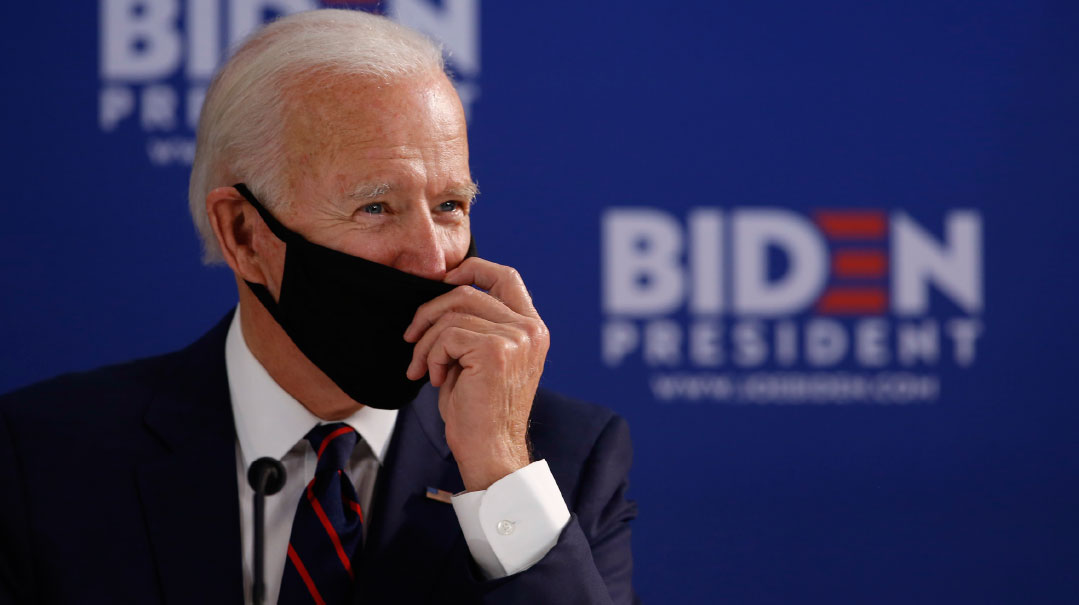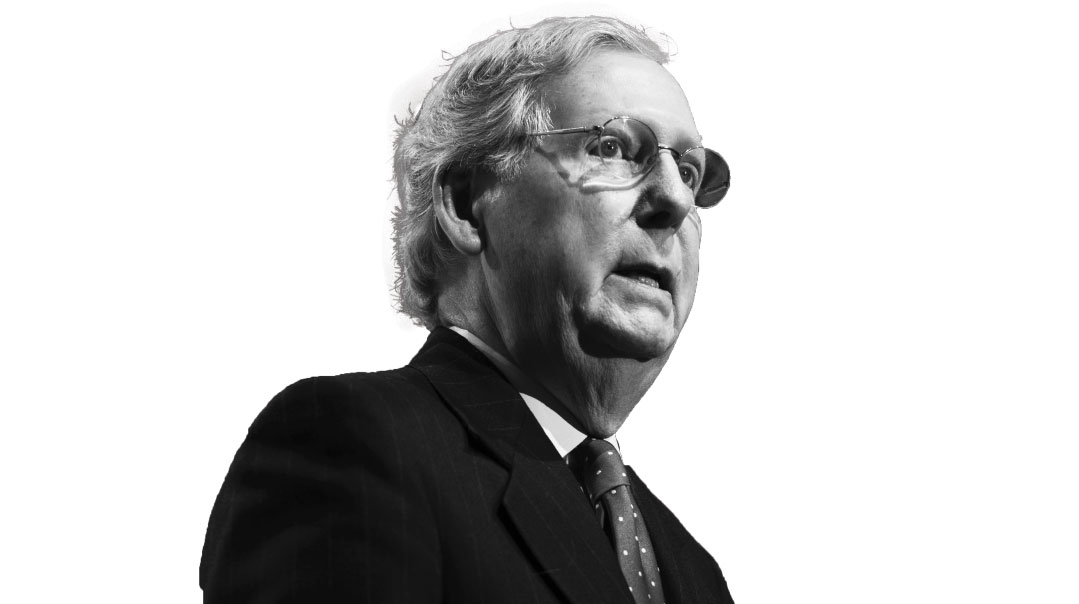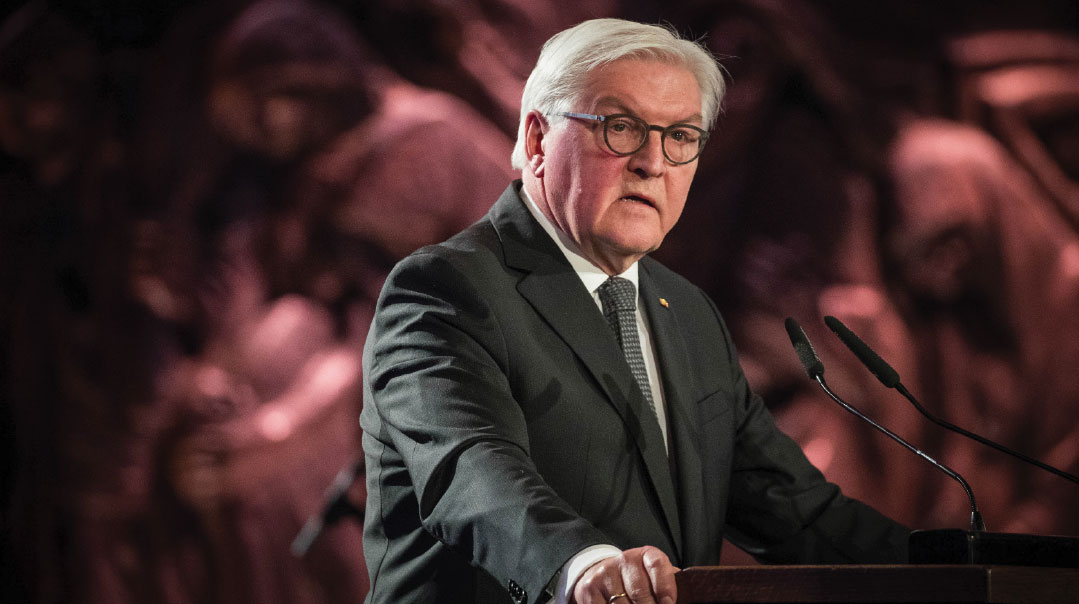More Than a Symbol


Y
ou might be tempted to think the relocation of the US embassy to Jerusalem is only of symbolic value, a bone thrown to American Jewish supporters of Israel, a campaign promise fulfilled, a change in policy with little impact outside of Washington.
If you thought that, you’d be wrong.
Instead, the relocation of the embassy is an “explosion of the consensus” on Israel’s borders and rights, according to Eugene Kontorovich, head of the international law department at the Kohelet Policy Forum, a Jerusalem think tank.
“This is clearly a recognition of a unified Jerusalem,” he says, using the term to describe the borders of present-day municipal Jerusalem, which includes sections of so-called “East Jerusalem.” “The US State Department admitted in a briefing that most of the consulate is across the Green Line in what was before 1967 a United Nations-administered demilitarized zone. The whole theory for why Jerusalem is occupied rests on the notion that anything that Israel took in 1967 is ‘occupied’ — in other words, anything it didn’t control before the Six Day War is Palestinian territory.”
The new embassy, which will be housed at the former US consulate in the Arnona neighborhood in southeast Jerusalem and in adjacent buildings, is located mostly within the demilitarized zone (DMZ) and partly within western Jerusalem. The consulate straddles east and west — not totally within the “recognized,” or western, part of Jerusalem, but also in a “no man’s land” that demarcated armistice lines between Israel and Jordan after the 1948 War of Independence.
As it happens, the European Union keeps a detailed list of Israeli postal codes in which each is classified according to its status as within or beyond Israel’s Green Line. According to that list, Kontorovich says, the new consulate is in what the EU calls “East Jerusalem.” What’s more, the adjacent Diplomat Hotel, which the United States plans to incorporate into its new embassy compound, is clearly within the DMZ, according to the EU.
What does it all mean? When the United States was scouting a location for the new embassy, it could have rejected the consulate location out of hand. A foreign nation doesn’t build an embassy outside of the host country’s territory. “In not ruling out [the consulate’s location], the US didn’t think its location was a problem — and that has extraordinary implications,” says Kontorovich, who advised members of the US Congress and the administration on the embassy move. “Especially because [the international community is always saying] ‘everyone agrees’ Israel has no sovereign claims [to Jerusalem or the West Bank]. Now they have to say ‘everyone agrees’ except for the most important country in the world.”
Yoram Ettinger, a former Israeli diplomat and a consultant on the Middle East to Israeli and American legislators, says the embassy move amounts to a “major decision.” For one, he says, it signals to the Arab states that Washington won’t be deterred by the threat of terrorism. “Until now, the perception likely was that the United States, a superpower, is concerned by Islamic terrorism and therefore will keep its embassy in Tel Aviv,” he says. “This decision by President Trump enhances the US posture of deterrence.”
(Excerpted from Mishpacha, Issue 709)
Oops! We could not locate your form.







